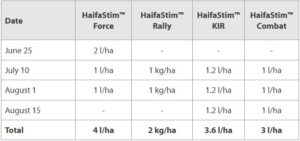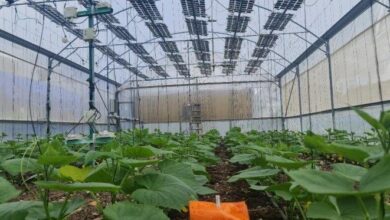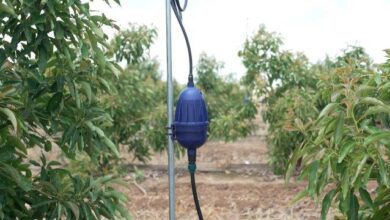Boosting Sugar Beet Yields with HaifaStim™

A field trial in Poland demonstrated that integrating HaifaStim™ products into a comprehensive nutrition program significantly increased sugar beet yield by 21.4% and improved sugar content by 4.6%, highlighting the product’s agronomic and economic value. By Marek Lada, Haifa NWE
Sugar beet cultivation plays a vital role in the agricultural economy of Eastern and Central Europe, serving as a major source of sugar production and supporting a broad range of processing industries.
Being grown in open fields, the success of this crop is heavily influenced by environmental conditions such as temperature, precipitation, and soil health. Therefore, adopting cultivation practices that not only meet the crop’s nutritional needs but also strengthen its resilience to stressors like extreme temperatures and drought is essential for consistent performance.
To explore an effective strategy for improving sugar beet yield and quality, a demonstration plot was established in Poland during the 2024 growing season. The aim was to assess the impact of the HaifaStim™ protocol on crop performance.

Trial details
Location: Stary Brześć (Central Poland)
Sowing Date: June 25, 2024
Harvest Date: August 31, 2024
Plot Area: 2.44 ha (1 ha treated with HaifaStim™)
Varieties: Jadwiga, Zagłoba, and Batory – all with similar yield potential and sugar content (polarization)
Base Fertilization: 500 kg/ha of MyCoteN™ Mix 15-9-18 (customized mix of granular fertilizers containing controlled-release nitrogen)
Plant Protection: Standard treatment
Supplemental Foliar Nutrition: Applied as part of both control and treated areas
See suggested foliar feeding program

• Application Method: Foliar sprays
• Results Approx. €260/ha
Results

Conclusions
The substantial increase in both total yield and sugar content demonstrates the effectiveness of Haifa’s integrated nutrition strategy. By combining controlled-release fertilizers, supplemental foliar feeding, and targeted biostimulant applications, this approach enhances crop resilience and performance—resulting in improved profitability for growers.




